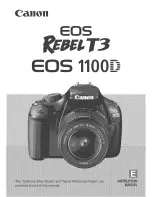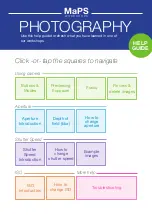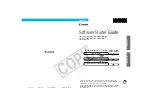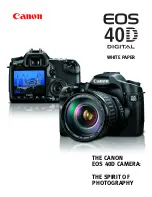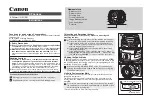
www.qimaging.com
©2016 QImaging. All rights reserved. QI_Retiga R Series Camera_UM_Rev_A5
14
RETIGA R
™
SERIES USER MANUAL
CHAPTER 4
Intelligent Quantification
Embedded Image Processing Algorithms
The QI Retiga R Series camera includes user controllable features designed to enhance camera performance
and image quality.
Defective Pixel Correction
QImaging only uses sensor manufacturers highest grade CCD
sensors in your QI Retiga camera. However Manufacturer’s
specifications do not always meet customer needs for defect
free imaging. This is particularly true for “hot” pixels – pixels
that generate dark current at a far higher rate than average.
The converse is also true, e.g. certain pixels response to light is
far lower than average, known as “dark pixels”. In both cases,
suitable threshold can be determined for defective pixels,
and their locations stored in the camera during manufacture.
When Defective Pixel Correction is enabled, the signal in
each defect location is replaced by the average of the pixel
immediately preceding and following the defect. The QI Retiga
camera can store up to 2048 defects locations.
The factory default method for determining defective “hot”
pixels is to take a pair of 10 minute dark images. After
removing the bias offset, the 1800 “hottest” pixels are
selected as potential defects. A suitable floor is chosen so
that the algorithm does not accidentally catch the tail of the
normal dark current noise distribution. If the same location is
defective in both dark images, its location is programmed into
the camera as a defect.
To determine defective dark pixels, the camera is exposed to
uniform light, filling the pixels to 50% saturation. A median
filter is applied, and the original image is subtracted from the
filtered image. Any pixels that have a signal level of 40% or more of saturation, are deemed defective. Up to
200 dark pixels are stored for correction using this method.
Defective Pixel Correction: OFF
Defective Pixel Correction: ON


























